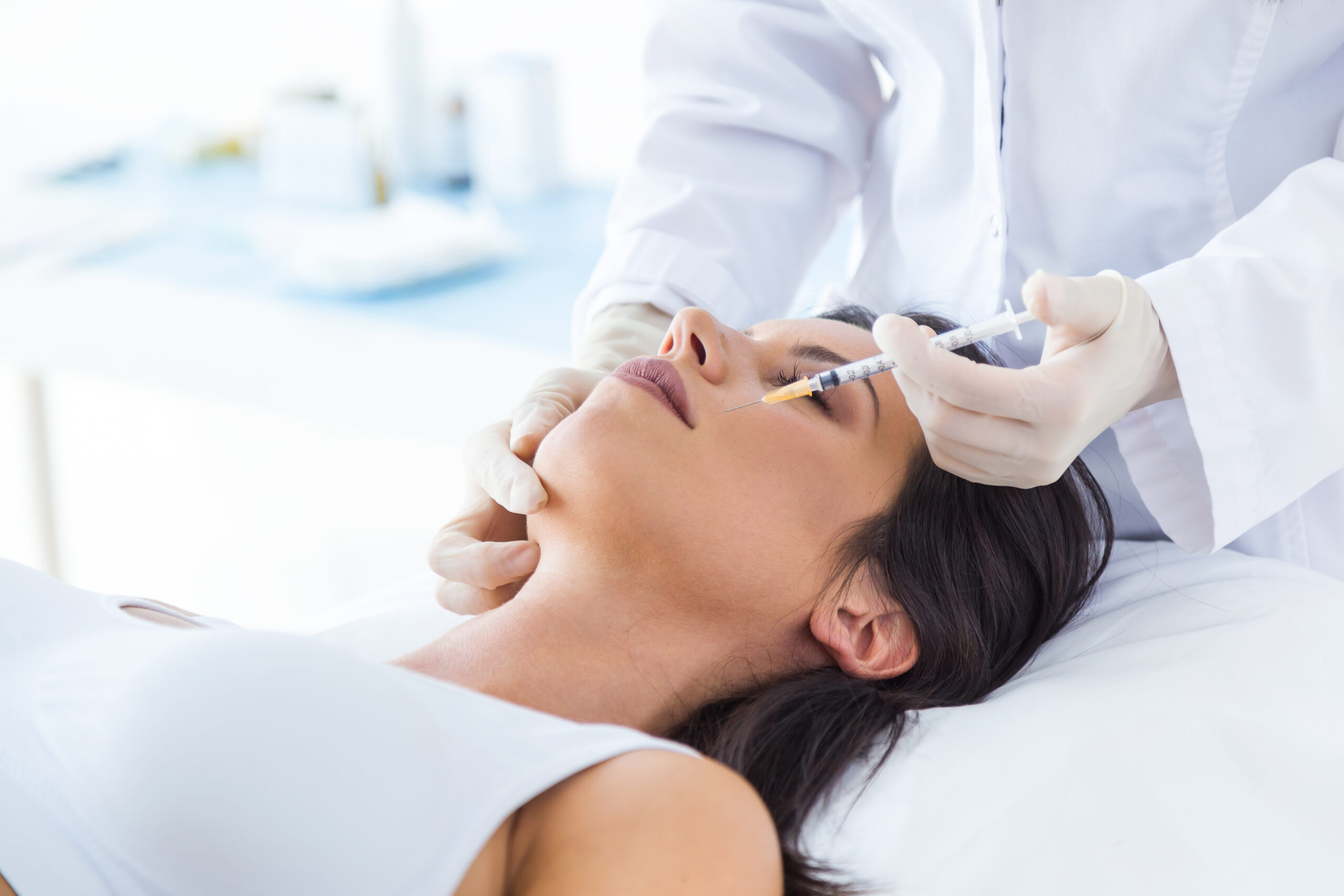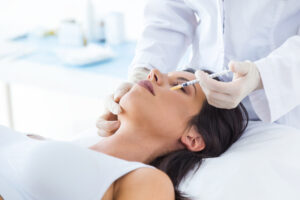Botox is used medically to treat certain muscular conditions, and cosmetically to remove wrinkles by temporarily paralyzing muscles. It is made from a neurotoxin called botulinum toxin that is produced by the bacterium Clostridium botulinum.
Although Botox is a powerful poison, when used correctly, it has a number of applications.
What is Botox?
Botox injections have a range of medical uses.
Clostridium botulinum, the bacterium from which Botox is derived, is found in many natural settings, including soil, lakes, and forests.
The bacterium can also be found in the intestinal tracts of mammals and fish and in the gills and organs of crabs and other shellfish. Such naturally occurring instances of Clostridium botulinum bacteria and spores are generally harmless. Problems only arise when the spores transform into vegetative cells and the cell population increases. At a certain point, the bacteria begin producing botulinum toxin, the deadly neurotoxin responsible for botulism.
Neurotoxins target the nervous system, disrupting the signaling processes that allow neurons to communicate effectively.
Fast facts on Botox:
- Botox is the most popular non-surgical cosmetic treatment, with more than 6 million Botox treatments administered each year.
- Botox is a neurotoxin derived from Clostridium botulinum, an organism found in the natural environment where it is largely inactive and non-toxic.
- Botulinum toxin is used to reduce fine lines and wrinkles by paralyzing the underlying muscles.
- People also use Botox to treat excessive sweating, migraines, muscular disorders, and some bladder and bowel disorders.
Uses
Botulinum toxin is predominantly used as a treatment to reduce the appearance of facial wrinkles and fine lines.
Beyond aesthetic applications, Botox is used to treat a variety of medical conditions, including eye squints, migraines, excess sweating, and leaky bladders.
Botulinum toxin is currently used to treat over 20 different medical conditions, with more applications under investigation.
Botulinum toxin is currently approved for the following therapeutic applications:
- Blepharospasm (spasm of the eyelids).
- Idiopathic rotational cervical dystonia (severe neck and shoulder muscle spasms).
- Chronic migraine.
- Severe primary axillary hyperhidrosis (excessive sweating).
- Strabismus (crossed eyes).
- Post-stroke upper limb spasticity.
- Detrusor (bladder wall muscle) overactivity – causing urinary incontinence.
- Overactive bladder.
- Hemifacial spasm.
- Glabellar lines (frown lines between the eyebrows).
- Canthal lines (crow’s feet).
Source: https://www.medicalnewstoday.com/articles/158647.php




